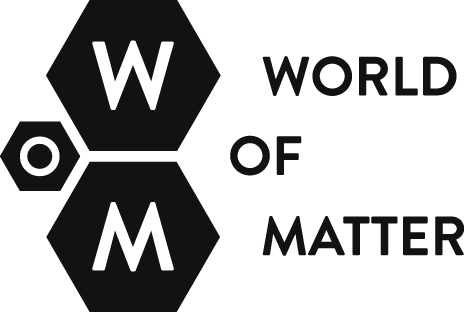The desert city of Agadez, at the heart of Niger, is the gate to the Saharan basin for the main routes coming from West Africa, and capital of the cross-border Tuareg tribes. Places that we have never heard of have emerged as crucial nodes in the international migration and resource-distribution network. With large uranium deposits discovered in the 1960s, this desert area has gained strategic importance. More recently, we witness a large-scale geographic reconfiguration activated by the growing and highly flexible practices of migration, proficient at rerouting, reorganizing or going covert in record time. With the increasing volume of trans-Saharan mobility, Agadez has become a hub for migration traffic of international dimensions, a continental dispatch center. While migration is the prevailing mode of mobility, it is not an isolated phenomenon. In the Saharan basin, migration flows intersect with other forms of organized mobility such as seasonal nomadic movements, tourism, roaming martial formations including rebel or terrorist groups, commuting uranium miners and engineers, the temporary appearance of migration-related humanitarian personnel and, not least, the writers, journalists and image-makers like myself, who strive for making sense of it all. The conjunction of these movements generates synergies, conflicts and sometimes surprising alliances, which are the subject of the video project Sahara Chronicle.
Sahara Chronicle – Agadez
Artist/Author: Ursula Biemann
My motivation was to document the great departure of the Exodés across the desert, those many young men and few young women from West Africa on the quest for a better life in the Maghreb or, in a vague and more distant perspective, in Europe, signifying plenty in times of want. Between Agadez and the realization of that dream lies a desert that takes four hours to fly over. On the ground, one is subjected to the emanations of baked stone, quartz-sand about to turn into liquid glass. The corpses of those who don’t make it are instantly mummified. And those who finally reach the Mediterranean shores face the next danger of drowning. Western media direct their spotlights on the failure of the stranded, the Naufragés, and celebrate, by the same token, the successful police efforts. Victorious passages go undocumented. As artist, I see the necessity to liberate the trans-Saharan migration from its hypnotizing media mantra of captured boat people or victims of a grim trafficking business. The media seem to surrender to every temptation of reducing reality and condensing it into a symbol. In a perpetual loop, television clips capture the state of being intercepted and suspended from the course of continuity, caught in a process of never reaching destination, a permanent still of the Raft of the Medusa in the famous Géricault painting that is drifting off the shores of Senegal. In cinematographic language this fixed setting is simply called “a shot,” suggesting that the real is no longer represented but targeted. In this case, the particular shot becomes the symbol that encapsulates the meaning of the entire drama. It is evident that complex social relations are not experienced in this frantic manner. Besides, there is something seriously inadequate about this robotic viewpoint when it is directed to the shifting and precarious movements of life that has long roots in colonial history. A more composed and dignified temporality is indicated. The project considers the parallels between the flow of people across territories and the flow of the moving images and text, unfolding both in a spatial and temporal dimension. First and foremost, however, Sahara Chronicle sheds light on the post-colonial politics of space and mobility and on the entanglement between uranium extraction, Tuareg rebellion and the flourishing but illicit operation of trans-Saharan migration routes.
/ub


